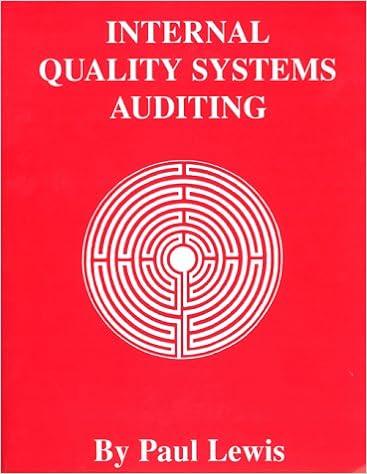KNOWLEDGE CHECK Earnings grew substantially, meaning that the P/E ratio in early 2015 was only around 30.3x Here is a chart of the Nasdaq Composite, the world's main technology index. It peaked in the dotcom bubble on March 10, 2000. The P/E ratio later peaked above 500. In hindsight, this is widely agreed to have been a bubble. In March 2015, the index value for the first time since then surpassed the peak Why might some investors at that point have argued this time it's different"? In comparison to low bond yields in early 2015, a 0.6% earnings yield on the Nasdaq looked far more reasonable in comparison to low bond yields in early 2015, a 0.2% earnings yield on the Nasdaq looked far more reasonable er Earnings grew substantially, meaning that the P/E ratio in early 2015 was only around 164 6x Click to open/close chart PREV SUBMET Jse/os/play/385:539/relative-valuation-45-mincip=13 KNOWLEDGE CHECK The World Equity Index function shown contains two valuation metrics for the S&P 500. The Verizon description page contains the same two valuation metrics. How does Verizon's valuation compare to that of the S&P 500? Verizon is less expensive than the S&P 500 on a P/E basis and more expensive on a dividend yield basis. Verizon is more expensive than the S&P 500 on a P/E basis and less expensive on a dividend yield basis. Verizon is less expensive than the S&P 500 on both a P/E and dividend yield basis Click to open/close each chart Verizon is more expensive than the S&P 500 on both a P/E and dividend yield basis PREV SUBMIT KNOWLEDGE CHECK Earnings grew substantially, meaning that the P/E ratio in early 2015 was only around 30.3x Here is a chart of the Nasdaq Composite, the world's main technology index. It peaked in the dotcom bubble on March 10, 2000. The P/E ratio later peaked above 500. In hindsight, this is widely agreed to have been a bubble. In March 2015, the index value for the first time since then surpassed the peak Why might some investors at that point have argued this time it's different"? In comparison to low bond yields in early 2015, a 0.6% earnings yield on the Nasdaq looked far more reasonable in comparison to low bond yields in early 2015, a 0.2% earnings yield on the Nasdaq looked far more reasonable er Earnings grew substantially, meaning that the P/E ratio in early 2015 was only around 164 6x Click to open/close chart PREV SUBMET Jse/os/play/385:539/relative-valuation-45-mincip=13 KNOWLEDGE CHECK The World Equity Index function shown contains two valuation metrics for the S&P 500. The Verizon description page contains the same two valuation metrics. How does Verizon's valuation compare to that of the S&P 500? Verizon is less expensive than the S&P 500 on a P/E basis and more expensive on a dividend yield basis. Verizon is more expensive than the S&P 500 on a P/E basis and less expensive on a dividend yield basis. Verizon is less expensive than the S&P 500 on both a P/E and dividend yield basis Click to open/close each chart Verizon is more expensive than the S&P 500 on both a P/E and dividend yield basis PREV SUBMIT








